Sea turtles have been around since dinosaurs roamed the earth. For more than 100 million years, these large, air-breathing marine reptiles have inhabited tropical and subtropical seas throughout the world. Today, green and loggerhead sea turtles are classified by IUCN as “Endangered”, while leatherback and olive ridley sea turtles are classified as “Vulnerable” and hawksbill sea turtles are “Critically Endangered”. To reverse these worrying trends, ATSEA-2 assembled a team of experts to enhance conservation efforts for these magnificent animals and safeguard the ecosystem services they provide to the Arafura and Timor Seas (ATS) region.
Sea turtles provide multiple benefits to natural ecosystem processes, while also being central to the customs and traditions of Indigenous Peoples in the ATS Region; in additional the important ecological roles they play, they have been a part of ceremonial practices for thousands of years. Nevertheless, sea turtles are subjected to multiple pressures and persecution, including bycatch in commercial and artisanal fisheries, discarded fishing gear, climate change, egg and turtle take (legal and illegal), light pollution, and the loss or degradation of their habitat.
In response to these issues, ATSEA-2 has generated two documents – the ATS Sea Turtle Status Report and the ATS Sea Turtle Regional Action Plan (RAP) – both of which are aimed at improving regional coordination and management in the ATS for sea turtles. These documents, especially the RAP, aim to improve coordination and management among governments and communities engaged in sea turtle conservation. The RAP was subject to consultation and fine tuning at both the national and regional levels, before being presented to the Regional Steering Committee Meeting (the ATS region’s final decision-making body) in December 2021.

While there are numerous actions and interventions outlined in the two documents, a number of knowledge gaps have also been identified in certain areas, indicating a lack of clarity or consistency with regards to turtle mortality attributed to each of the various threats. Essentially, our understanding of sea turtle status and trends in the ATS region has hitherto been rather limited. To address this issue and bridge the gaps in our understanding, a sea turtle expert workshop was organised with a group of sea turtle experts, to collect a diverse range of perspectives and inputs on the Status Report and the RAP, with a view to revising and finalising both documents.

On 20 April 202, the online workshop was attended by 27 sea turtle experts from Australia, Indonesia, Papua New Guinea and Timor-Leste. These individuals came from various NGOs, academia and government, ensuring that conservation needs and requirements were addressed from a variety of perspectives. Dr Handoko Adi Susanto, Regional Project Manager of ATSEA-2, welcomed and gave thanks to the experts who attended the workshop, noting that such a broad and in-depth range of inputs would certainly improve the overall quality of the documents in question.

The workshop participants raised some important points, which were especially relevant to the two documents. For instance, certain details were added to the status report pertaining to leatherbacks in Timor-Leste, while some of the data on green turtle migration and genetics were also corrected. For the RAP, action indicators were updated to be more realistic and representative of the current conditions. These indicators included compliance with Turtle Exclusion Devices (TED); reduction of egg and turtle take and bycatch in Timor-Leste and Aru, Indonesia; and the number of genetic samples that still need to be collected.

One of the experts who led the workshop was Dr. Kiki Dethmers. She noted that effective implementation of the RAP has great potential to assist the conservation of sea turtles in the ATS region. She concluded the workshop by emphasising the importance of regional collaboration when implementing the RAP. As part of its commitment to support the protection of sea turtles, ATSEA-2 is focusing its efforts on the immediate timeframe (3-5 years) for sea turtle populations and addressing the most pressing conservation intervention needs.
This article was published on the GEF IW:Learn Website.
(By Ezekiel Benjamin Taffarel Marpaung)


